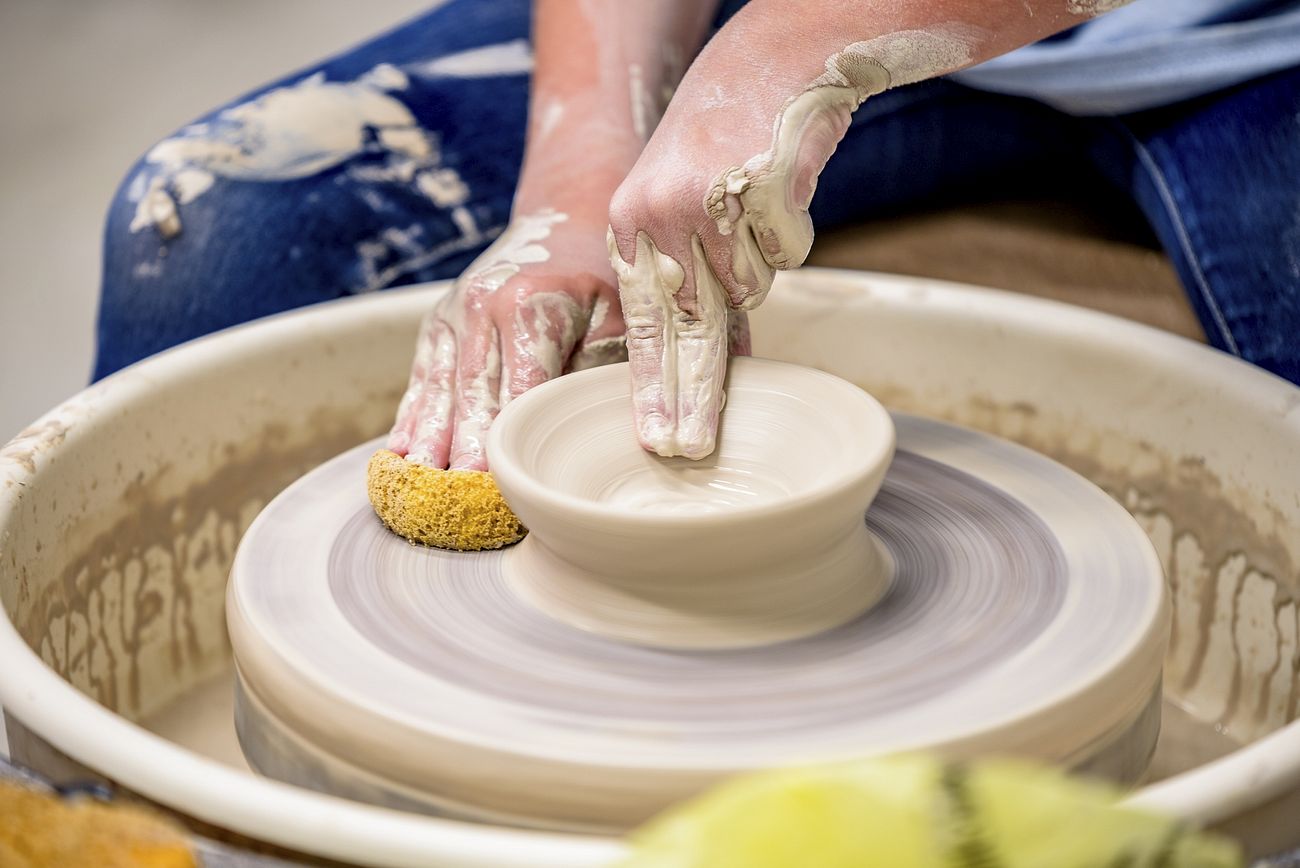Achieving Precision in Pottery: Mastering Form, Proportion, and Details Through Skill
Beyond crude clay hobbyism, fine ceramic artistry requires meticulous precise technique controlling nuanced elements like wall thickness, thrown symmetry, foot rings, and lid fitting to flawless tolerances. This mastery over exacting proportion and finish distinguishes master works. Examining the hard-won skills allowing potters to realize such precision provides appreciation for the journey toward virtuosity.
Mastering the Potter’s Wheel
Executing precision vessels begins by controlling the wheel and clay completely through the entire throwing process from centering to finishing. Pressure and speed get regulated intuitively to raise flawless vertical walls of uniform thinness. The finest ware emerges from unthinking movements guided by years repetition.
Skilled Use of Specialized Tools
Proper thinning, smoothing, and shaping requires deft command of myriad specialized tools – ribs, wires, trimmers, loop tools, and battens. Each implements tactile nuances from compressing clay to extracting excess material and refining thrown forms. Extending fingers through wood, the artist’s hands realize their vision through tools.
Meticulous Attention to Foot Rings
High skill manifests through details like foot rings reflecting consummate proportioning visibly to the naked eye. A pot stands complete only when its foot and base harmonize exactly with the upper thrown form through perfect concentric trimming. This finish requires labored incremental progress toward ideal.
Mindfulness Over Molded Details
Beyond throwing, additional modeled elements like handles, spouts, and lid knobs require mindfulness realizing theartist’s mental vision through touch. Fingers guide clay gradually toward bringing imagined shapes into reality seamlessly integrated with vessel bodies. Hasty handling betrays flaws.
Formula Development Through Extensive Testing
Mastering glaze colors, textures, and effects to exacting standards only emerges after vast empirical testing and tweaking of layering, thicknesses, and chemistry adjusting for subtle environmental firing differences. Note taking records successes precisely for future duplication. Evaluation and incremental improvements compound.
Preparation for Zero Defect Execution
Consistent perfection demands rigorous investment in planning for flawless outcomes before attempting costly production runs. Failure mode analysis addresses each step, envisioning potential mishaps and points of fragility. Contingencies get outlined, and preventative care implemented to eliminate defects proactively. There exists no margin for avoidable error.
Embracing Nuanced Imperfections Intentionally
Yet simultaneously, distinction arises in pieces that selectively embrace irregularity and human touches that mass production lacks. Within disciplined frameworks, masters permit slight hand-hewn variations that add bespoke life, forestalling sterile perfection. Their discerning eyes determine where precision suits the overall goal, and where soulful flaws enhance beauty.
Through dedicated study of methodology and materials, ceramic masters attain profound intimacy with their medium enabling clay to conform precisely to inner visions while imbuing functionality with aesthetic magic. Their mystic synthesis of imagination and empiricism manifests the impossible through earthen discipline.
